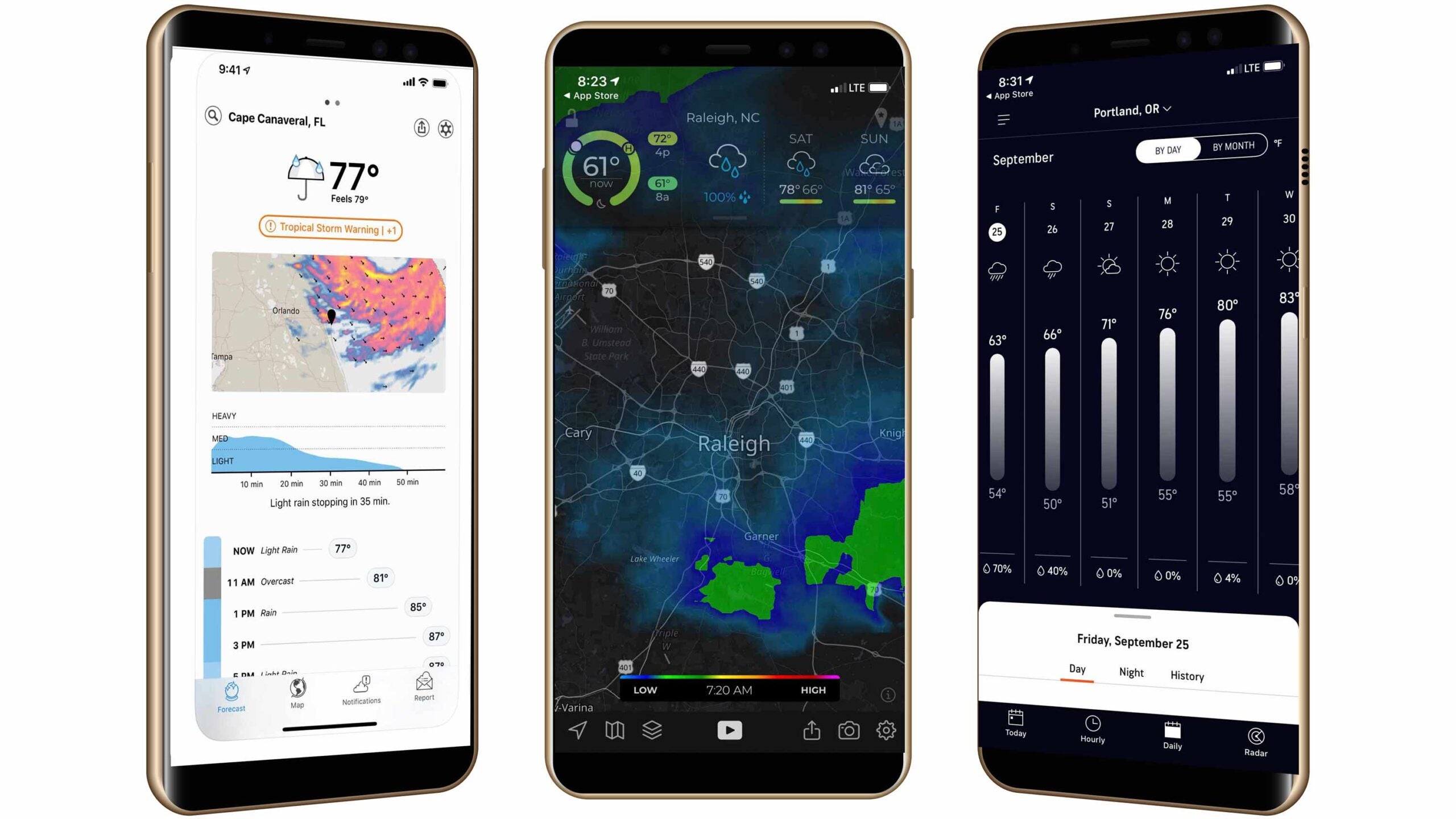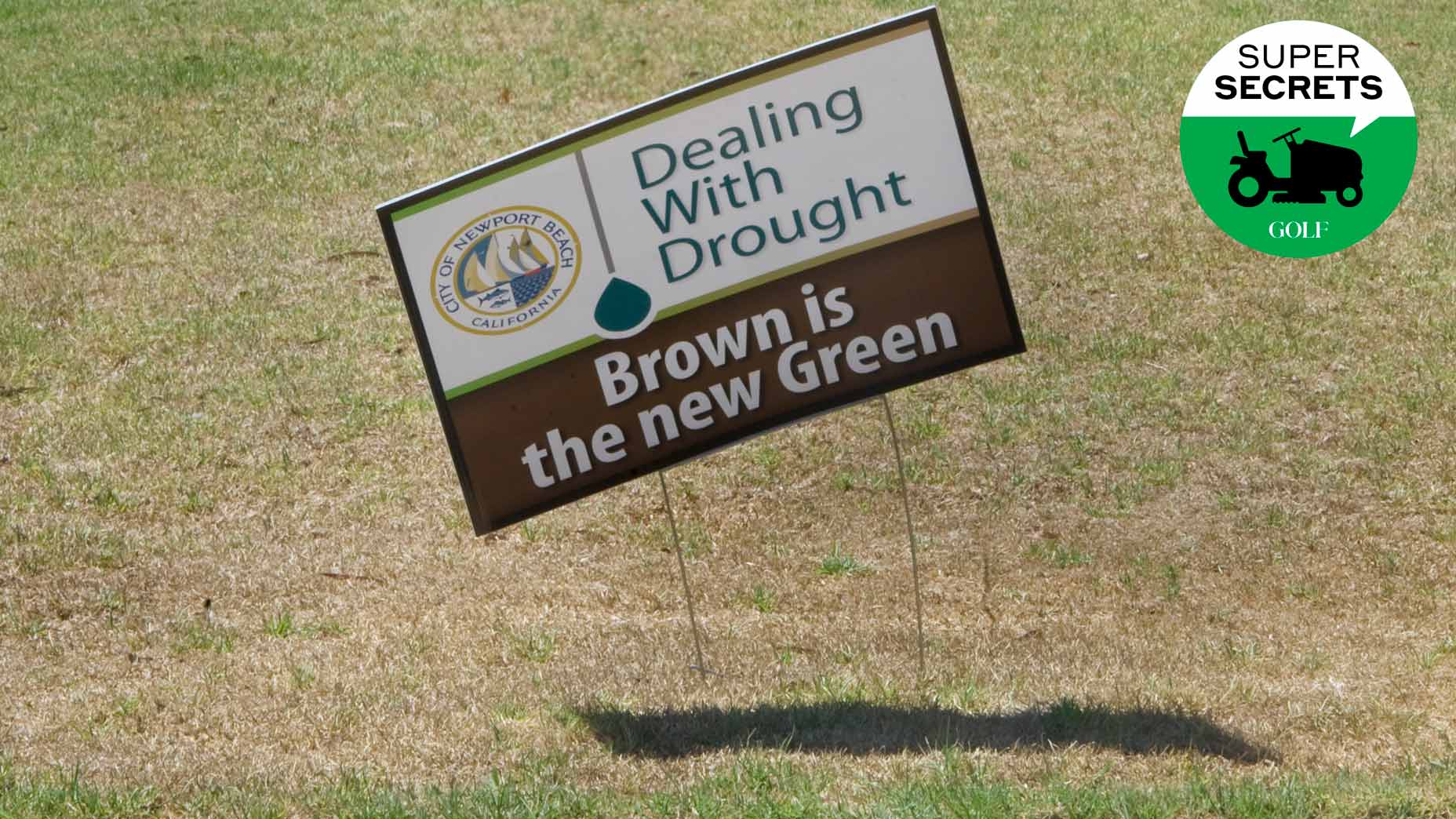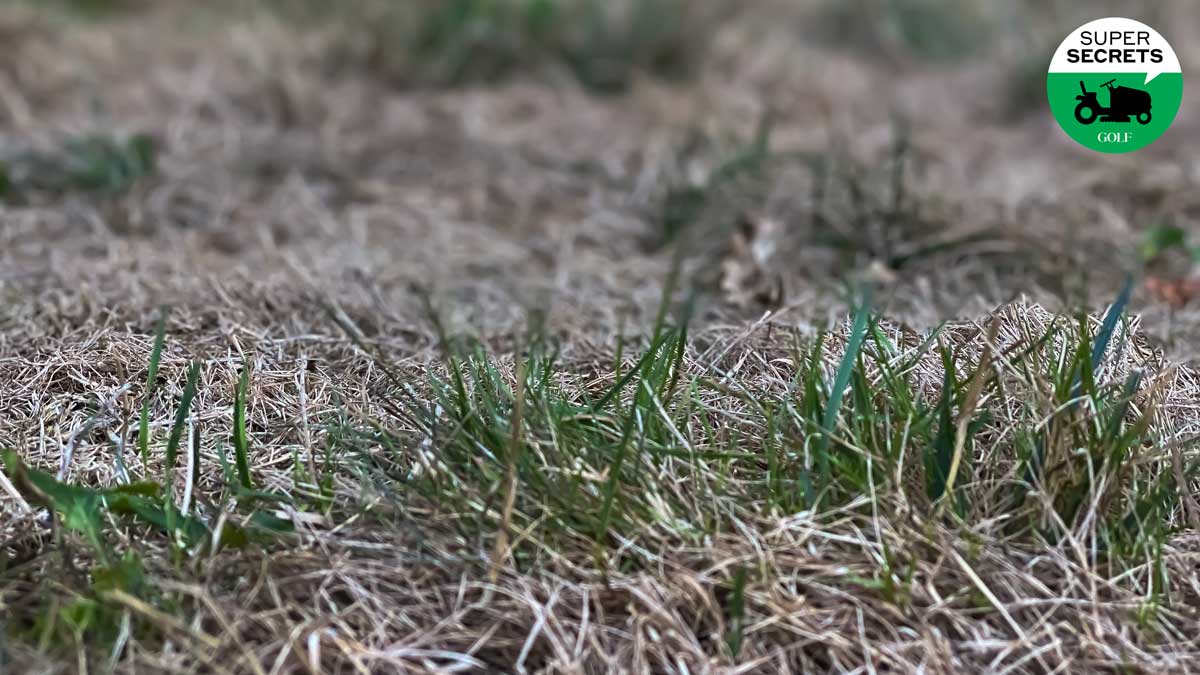Welcome to Super Secrets, a GOLF.com series in which we pick the brains of the game’s leading superintendents. By illuminating how course maintenance crews ply their trades, we’re hopeful we can not only give you a deeper appreciation for the important, innovative work they do but also provide you with maintenance tips that you can apply to your own little patch of paradise. Happy gardening!
***
Everybody talks about the weather.
But few people track it more carefully than golf course superintendents, who base all kinds of short and long-term decisions on what nature has in store.
The best way to mow your lawn, according to a golf-course superintendentBy: Josh Sens
While some supers get their info the old-fashioned way — by tuning into the local evening news — many rely on weather apps, which turn mobile phones into miniature Al Rokers, offering everything from 10-day forecasts to real-time radar readings of approaching storms.
The technology proliferates these days.
But like golf swings, no two weather apps are the same.
To get a better understanding of what’s out there, we asked a group of superintendents around the country which weather apps they tap, and why
Dark Sky
$4 on iOS
Location, location, location. Like many of its competitors in a crowded market, this Apple-owned app can give you real-time intel on what the weather’s up to pretty much anywhere in the world. But that’s not why Peter Ferlicca likes it. As superintendent at Trilogy Golf Club at Vistancia, in Peoria, Ariz., Ferlicca wants to know what the weather is up to at, well, Trilogy Golf Club at Vistancia, in Peoria, Ariz.

Dark Sky obliges with hyperlocal forecasts, which the app generates by zeroing on the GPS on Ferlicca’s phone. With some other apps, Ferlicca says, the technology fails to pinpoint his location. And, more often than not, he winds up with reports on the weather in Scottsdale, which is close, but no cigar. “I’m not in Scottsdale, I’m in the suburbs,” Ferlicca says. “So the app might say it’s 39 degrees and calm when it’s really 32 degrees and windy where I am.”
Such margins of error might seem small, but they can make all the difference in, say, planning for frost, or scheduling spraying. That’s why Ferlicca relies on Dark Sky. He wants to know that he’s making such decisions based on the conditions exactly where he is
MyRadar
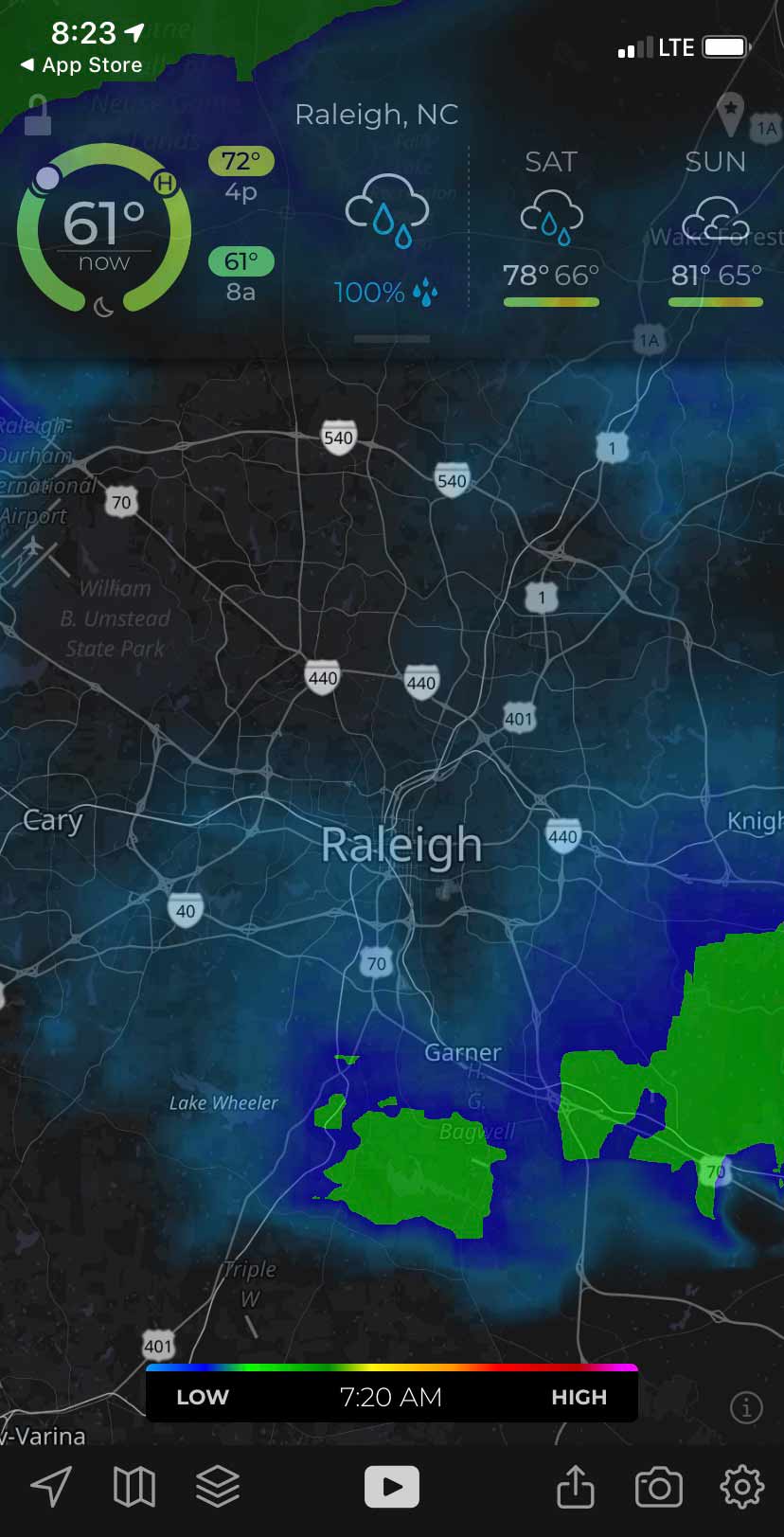
Extreme weather events can wreak all kinds of havoc. At Houston Country Club, superintendent Billy Weeks relies on several apps to help him stay on guard. One connects to the County Flood Control District, so that he can monitor local stream elevations. Another is The Weather Channel app (free on iOS and Android), which churns out faithful long-term forecasts, especially useful when the region is bracing for a tropical storm.
But the app that Weeks might look to most is MyRadar, which lives it up to its name by providing him with live animated radar readings, with loop lengths of up to two hours.
“I’m often going a hundred miles an hour, doing a lot of things at once,” Weeks says. “And don’t want to get caught by surprise.” When something nasty is approaching — a lighting storm, for instance, or epic winds and rain — the app chirps an alert. Weeks, in turn, alerts his crew to get everyone out of harm’s way.
Weather Underground
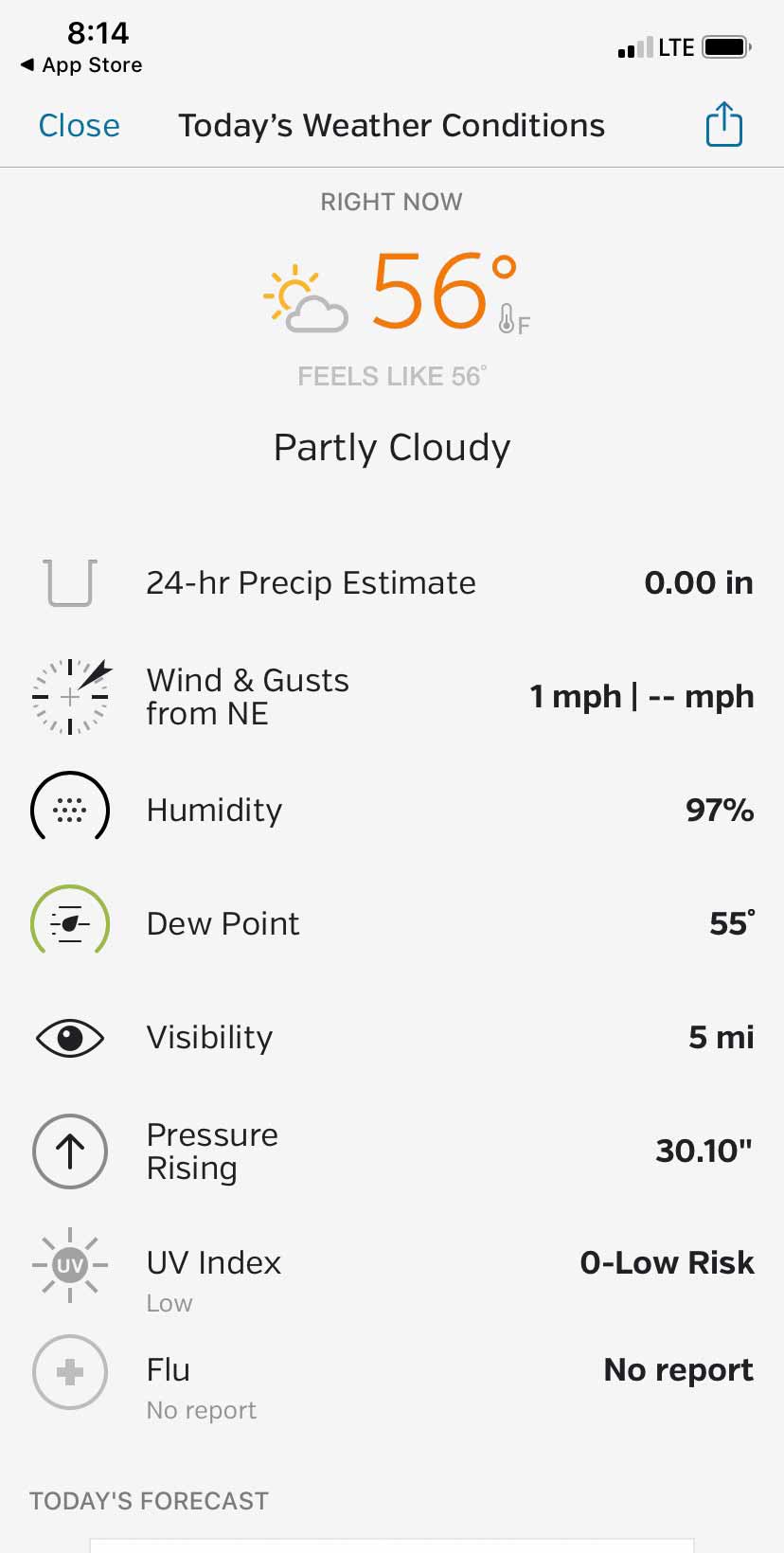
When it rains, it doesn’t always pour. Sometimes it sprinkles. Other times it comes down in a deluge that turns into a drizzle, or the other way around. At Orinda Country Club, just east of San Francisco, superintendent Josh Smith is less concerned with whether it might rain than he is with how much rain might fall. For that information, he leans on Weather Underground, an app that offers oodles of hyperlocal data along with its forecasts, including inches of rain per hour.
If a light shower is all that is expected, there’s nothing much to do in the way of adapting. But if heavy rain is coming, that’s another story. Smith might postpone topdressing or a fertilizer treatment until the weather is more cooperative. In that way, Weather Underground can save him money and time.
Weather Bug
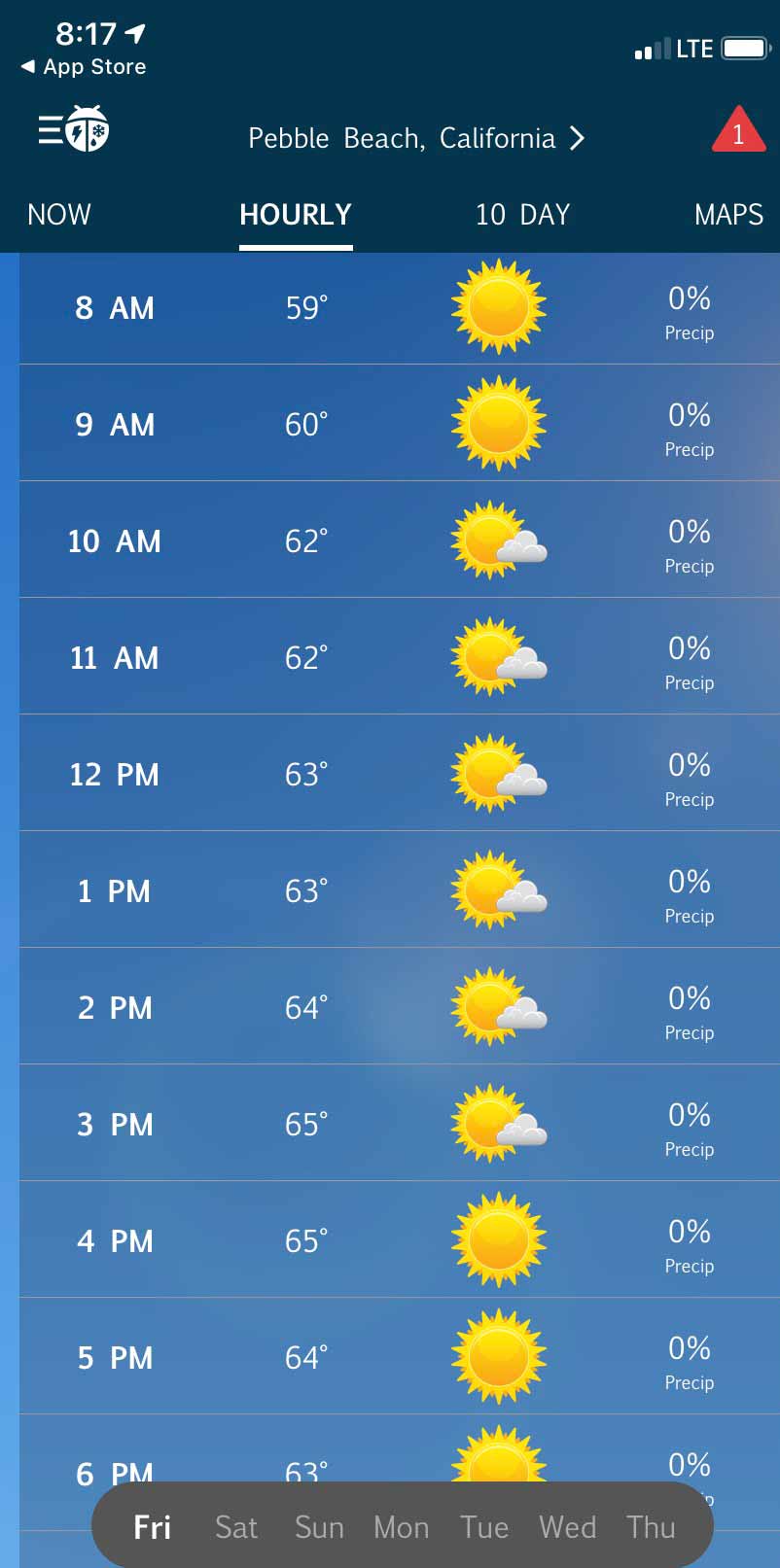
Sometimes, it’s all about the interface: the intuitiveness and efficiency. Dan Cutler, superintendent of Rio Verde Country Club, in Arizona, and co-host of From the Jingweeds, a turf care-focused podcast, has both Weather Underground and Weather Bug on his phone, and when it comes to forecasts, he finds them roughly equal.
Where Weather Bug gets the edge, he says, is with dashboard that pops up when he opens the app. Right there before him is an easy-to-mine wealth of information. Not just temperature, wind and precipitation but dew point, humidity, atmospheric pressure. It even tells him how much pollen is in the air, and weather the moon is waxing or waning. “Dew point, humidity, atmospheric pressure — all that stuff is good to know for the work we do,” Cutler says. “But I’m still trying to figure out how to put that moon info to use.”
AccuWeather
Matt Wharton, superintendent at Carolina Golf Club, in Charlotte, has — count ’em — eight weather apps on his phone, each of which he likes for different reasons. One is RadarScope ($9.99 for iOS and Android), which, Wharton says, marries basic-issue graphics with reliable radar reports from the U.S. National Weather Service.
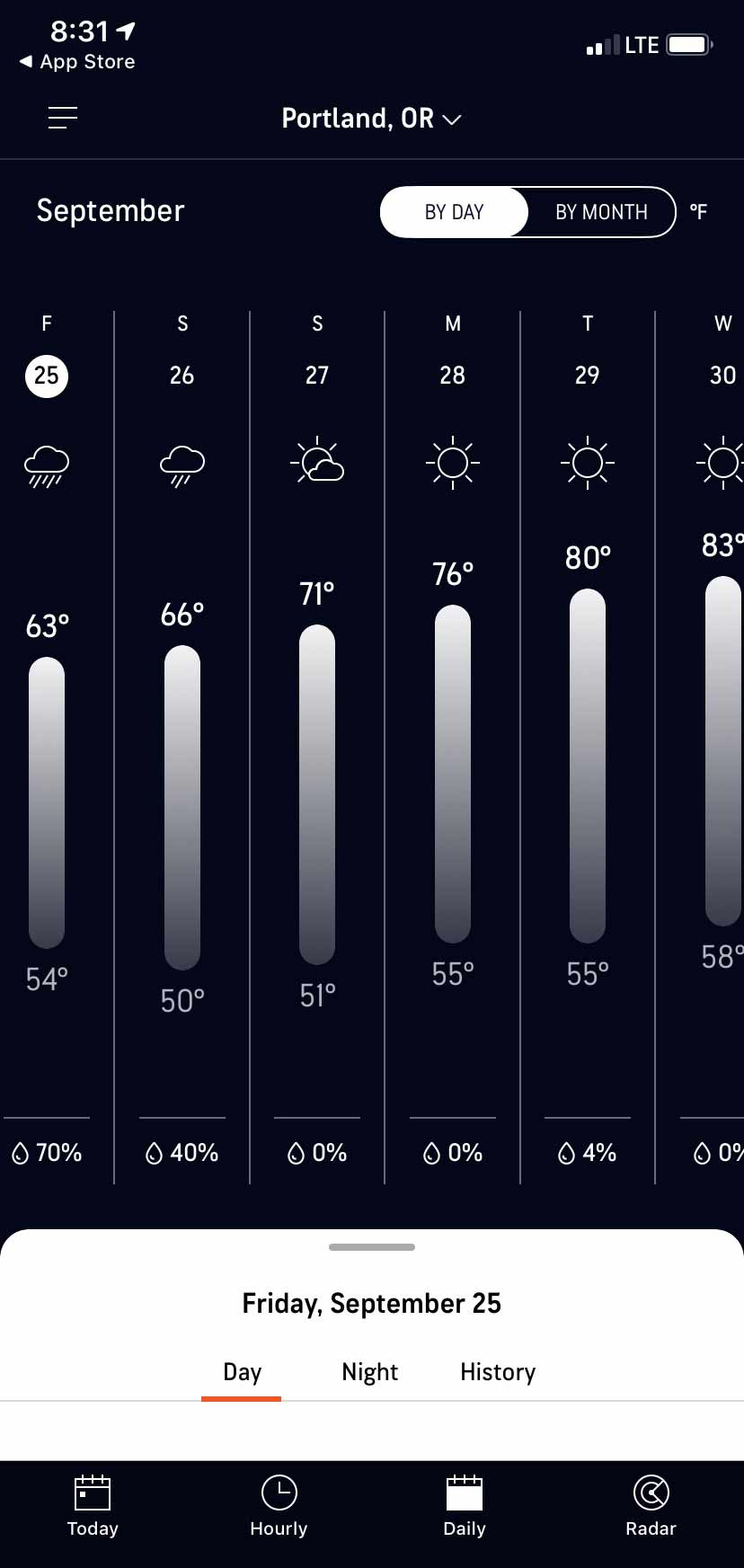
Another is Weather Bug, which Wharton appreciates for its vibrant displays and its shareable functions: among other things, the app allows him to save its live radar loop as a GIF, which he posts on Twitter as part of regular updates he shares with club members.
What Wharton finds less impressive about most weather apps is their long-range forecasts, which, in his experience, are unreliable “more than 36 to 54 hours out.” Beyond that window, he says, many apps draw on historical averages, rather than up-to-date information. “That’s why when you look at a 10-day forecast, it keeps changing about every three days,” Wharton says. “The app is catching up to the actuals.”
Short-term forecasts are another matter. For those, Wharton looks to AccuWeather. “It’s right there in the name, it’s the most accurate,” he says. Among its myriad functions is a feature called MinuteCast, which uses a clock-like graphic to inform you whether any precipitation is coming in the next 60 minutes.
